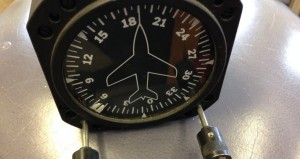
Navigation
A fair bit of Maths
The shortest distance between two points is a straight line. But how do you draw a straight line on a sphere? Or how can you put a curved line on a flat piece of paper? How can you scale it all down, and why would you want to? How does wind affect your track and how do you calculate a crosswind component? How can radio aids help you navigate? This topic will teach you about course and headings, true and magnetic tracks, variation and deviation, longitude and latitude, and that the Earth is in fact not a sphere but an oblate spheroid, a useless fact but it has come up in University Challenge.
You NEED to know this stuff
This is probably the most technical and practical of the exams and requires a bit of maths and mental arithmetic. We will help you learn the easiest way grasp these concepts. To get a historic perspective on how we navigate and for a really interesting tale of intrigue and the establishment of the Royal Observatory at Greenwich, I highly recommend the book “Longitude’ by Dava Sabel and a visit to the Greenwich Observatory. Our course covers General Navigation and Radio Navigation. It also cover the use of the navigation computer, the famous whizz-wheel, that I hope you will learn to love.
We’ll get you there
The exam is 12 questions in 45 min.
A very satisfying part of general aviation is good navigation and map reading. I was flying in Kenya in the early nineties when satellite navigation was in its infancy. The GPS was a simple line telling you to go left, right or that you are on course for a preselected coordinate. Then one day the US military switched all the satellites off. Reading about the incidents, accidents and deaths that happened as a direct result made me realise there was a new generation of pilots coming up through the ranks who could not navigate. As a PPL holder, you should practice compass and time navigation often and always be aware of where you are along a line on a map (a paper one!)